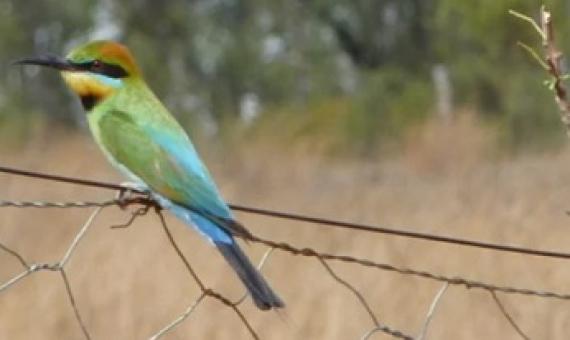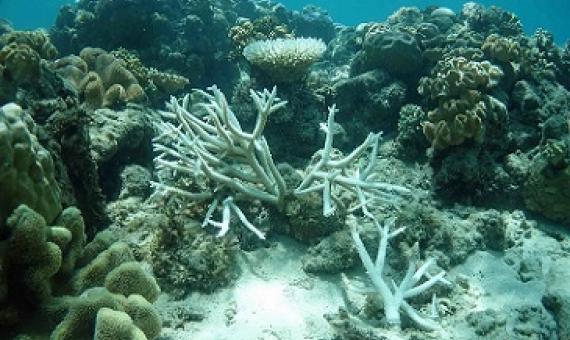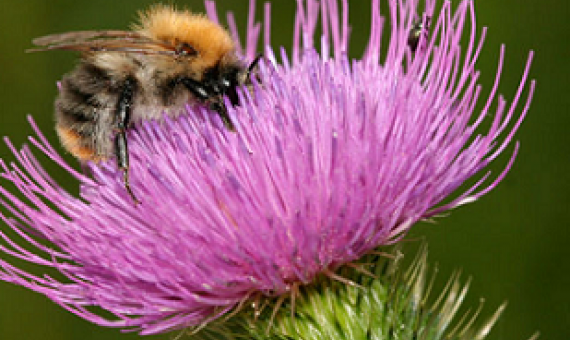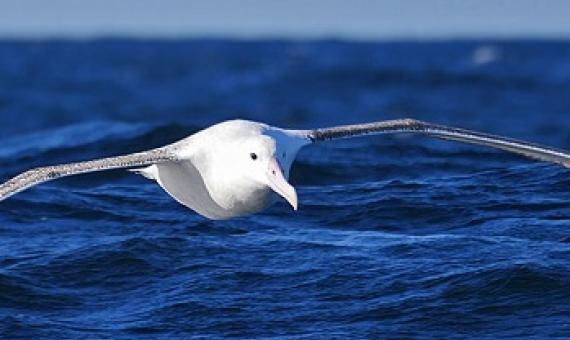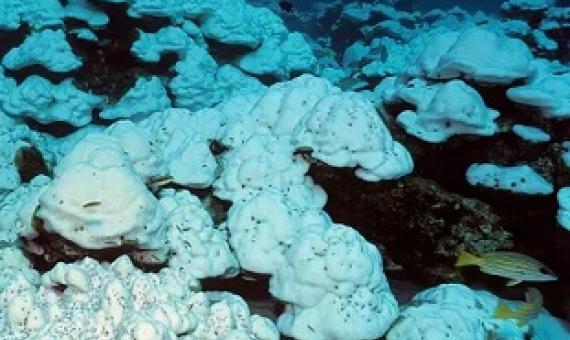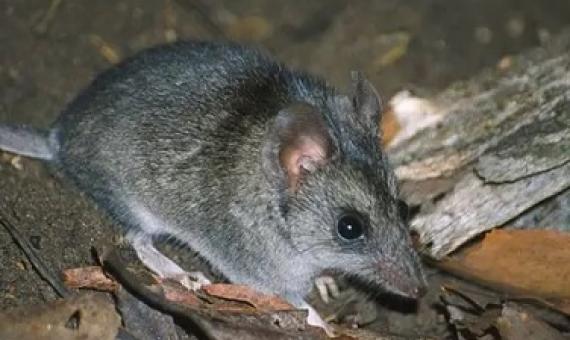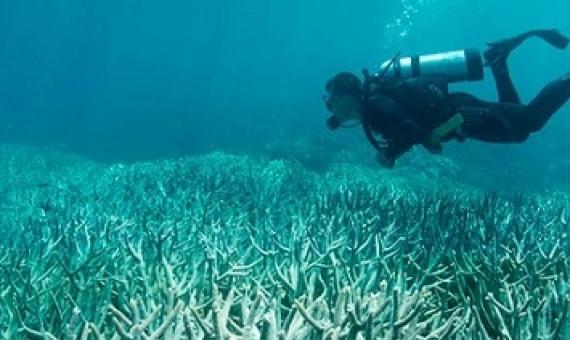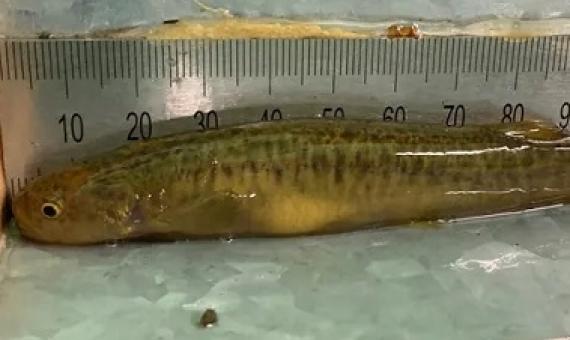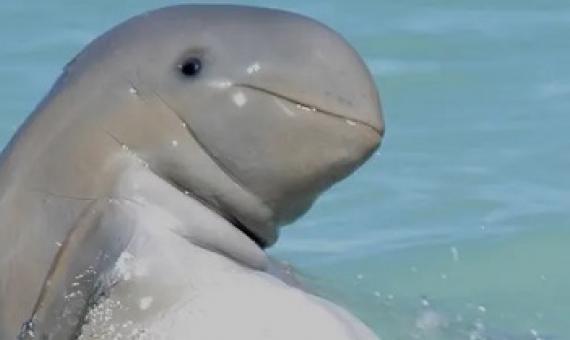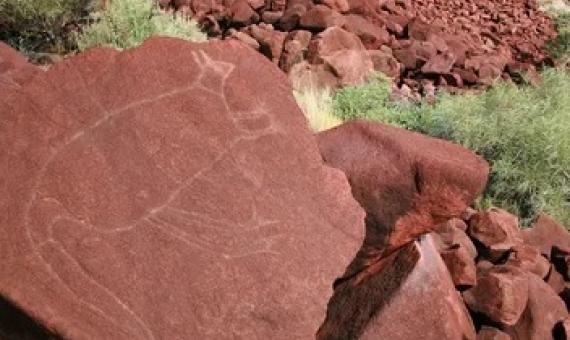Sixteen farming, conservation and Indigenous groups are together lobbying the Queensland government for extra money to protect Queensland's network of privately owned nature refuges. Many of these refuges offer protection to species facing extinction.
The Great Barrier Reef is still at risk of a widespread outbreak of coral bleaching despite a cyclone to the far west helping to temporarily cool stressed corals, according to US and Australian science agencies.
Among the vast number of native species damaged by the recent bushfire crisis, we must not forget native pollinators. These animals, mainly insects such as native bees, help sustain ecosystems by pollinating native plants. Native pollinator populations have been decimated in burned areas.
The endangered toroa/Antipodean albatross has new international protection for its 100,000km annual migration, thanks to collaborative efforts led by New Zealand, Australia and Chile.
The Great Barrier Reef could be heading for a third major coral bleaching outbreak in the space of five years if high ocean temperatures in the region do not drop in the next two weeks, scientists and conservationists have warned.
The Kangaroo Island dunnart, the northern corroboree frog and the Blue Mountains water skink are among 113 species that need urgent attention after the bushfire crisis, according to a government analysis.
Aerial surveys by the Australian Research Council Centre of Excellence for Coral Reef Studies in Townsville, Australia, revealed that two-thirds of the Great Barrier Reef had severely paled in 2016 and 2017, “bleaching” under the extreme stress of marine heat waves that can kill corals.
A desperate rescue mission to the only known habitat of the stocky galaxias, in Kosciuszko national park, may be the last hope for the species. Scientists estimate there may have been a couple of thousand stocky galaxias remaining before this summer’s bushfires.
Harmful levels of long-banned chemicals, including the pesticide DDT, have been found in the tissues of two vulnerable dolphin species swimming in waters flowing into the Great Barrier Reef.
The decades-long campaign to secure world heritage listing for Australia’s largest collection of rock art has finally been taken to Unesco.

